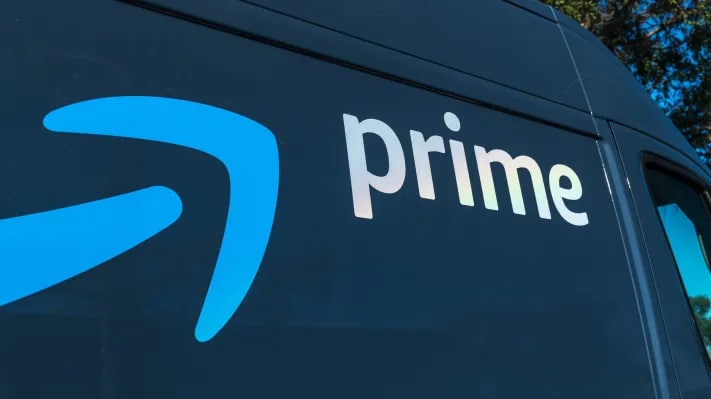Control Your Finances With the 50/30/20 Rule

Are you looking to start taking greater control of your finances? Whether you are struggling to make ends meet each month, you want to achieve a financial goal or simply start to feel in more control of your money, you will find that the 50/30/20 rule can help. This is a form of budgeting that many people find useful and allows them to improve their financial health.
The Rule
So, what exactly is the 50/30/20 rule? This is a budget that involves dividing your total income into three different sections to gain greater control and to allow you to avoid overspending/underspending in key areas. The percentages can be tailored to your own needs, but people find that 50/30/20 often works well for them.
Essential, Non-Essential & Saving
The 50/30/20 rule involves 50% of your income going towards essential spending. Essential spending will include things like rent or mortgage payments, bills, insurance and travel costs. 30% of your income is then used for non-essential spending/personal needs. This might include going out to eat/for drinks, socialising, new clothes and entertainment. The remaining 20% then goes towards savings or clearing debt.
Essential Spending
Simply dividing your income into different categories can help you to immediately start to feel in control of your spending, especially if you often struggle with overspending. The key is to add up what your essential costs are and try to reduce these if they are currently over 50% – if you are under 50%, you could adjust the percentages slightly.
Non-Essential Spending
In terms of non-essential spending, you might find it helpful to automate a payment of 30% (or whatever percentage you choose) to a prepaid card. You can then take this prepaid card out with you and use it when shopping for non-essential items online. If you have anything leftover at the end of the month, this can then roll over and give you a little bit extra the following month.
Savings
For your savings, you will need to find a suitable account to put this money into. If you feel that you might need access to this money, you will want to choose an easy access savings account or consider premium bonds. If you will not need access anytime soon, you could look into restricted access savings accounts with greater interest rates or look into investing (an S&S ISA is a good place to start).
The 50/30/20 rule is a basic budgeting strategy that many people use and find effective to control spending. When you do not have a system in place, it can be easy to feel like your spending is out of control and you might be making poor financial decisions, so the 50/30/20 rule should help to improve your financial health and overall lifestyle.






